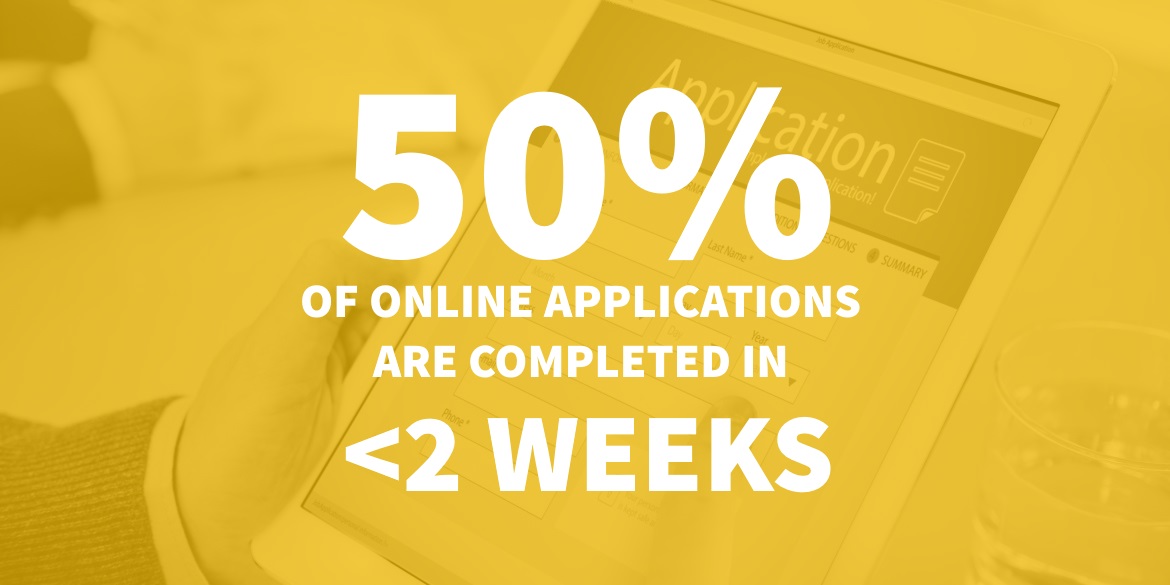When home and business owners decide to go solar, they embark on an adventure that will require navigation of a multi-step process that includes soliciting and evaluating proposals, determining financing, and applying for permits, incentives and interconnection. Utility interconnection is critical to the success of a solar project, is nearly always required, and is often the last step in the solar journey.
A report published by the Solar Electric Power Association (SEPA) this week, “Distributed Interconnection Challenges and Best Practices,” conducted as part of a U.S. Department of Energy SunShot Incubator award, highlights the state of interconnection in the U.S. today. A key takeaway from the report is that only 15% of utilities are currently able to process high volumes of interconnection applications in short periods of time1.  Here are three reasons it’s time for utilities to seriously consider improvements to their distributed solar interconnection practices.
Here are three reasons it’s time for utilities to seriously consider improvements to their distributed solar interconnection practices.
-
- With the meteoric growth of solar, it’s only a matter of time before the volume of interconnection requests outpace current methods—By the end of 2013, the Solar Electric Power Association (SEPA) reports that more than 475,000 solar energy systems were interconnected in the U.S., but that is expected to grow to 1 million by the end of 2017. This means that the more than 86% of utilities who today process fewer than 500 interconnection applications per year1 are likely to see those numbers rise in the coming years.
 Utilities should be asking themselves whether their current interconnection processes will meet the demands of higher volumes. What resources will be required? Will it be possible to maintain customer satisfaction and fast interconnection times, while continuing to meet regulatory requirements? Implementing streamlined, scalable processes now will position utilities to successfully meet future higher interconnection volumes.
Utilities should be asking themselves whether their current interconnection processes will meet the demands of higher volumes. What resources will be required? Will it be possible to maintain customer satisfaction and fast interconnection times, while continuing to meet regulatory requirements? Implementing streamlined, scalable processes now will position utilities to successfully meet future higher interconnection volumes. - It’s an opportunity to provide great customer service—With the evolution of utilities as service providers, providing great customer service is more important than ever. An often cited complaint by customers is the time to interconnection, and today, only about 28% of distributed solar interconnection applications are processed in less than two weeks1 (the average is four weeks—a statistic that has not changed since 20081).
 According to SEPA’s research, utilities are facing a common set of interconnection processing challenges, including keeping customers up-to-date on the status of the application, ensuring application accuracy and completeness, and effectively communicating with customers1. All of these impact customer service levels and the amount of time it takes to complete a typical application. Streamlining the interconnection process, and shortening the time to interconnect is one way utilities can build trust with their customers and the solar industry.
According to SEPA’s research, utilities are facing a common set of interconnection processing challenges, including keeping customers up-to-date on the status of the application, ensuring application accuracy and completeness, and effectively communicating with customers1. All of these impact customer service levels and the amount of time it takes to complete a typical application. Streamlining the interconnection process, and shortening the time to interconnect is one way utilities can build trust with their customers and the solar industry. - Efficient interconnection processes will position utilities for better grid integration, now and in the future—As the penetration of distributed solar increases, utilities will increasingly need to report on their installed fleets, and forecast how these variable resources impact their loads on a day-by-day, hour-by-hour basis. Today, approximately 83% of utilities use a manual application process1. These manual processes tend to be paper-intensive, which traps vital solar information (system size, make/model, location/orientation, etc.) on paper stored in file cabinets, or within PDFs.

- With the meteoric growth of solar, it’s only a matter of time before the volume of interconnection requests outpace current methods—By the end of 2013, the Solar Electric Power Association (SEPA) reports that more than 475,000 solar energy systems were interconnected in the U.S., but that is expected to grow to 1 million by the end of 2017. This means that the more than 86% of utilities who today process fewer than 500 interconnection applications per year1 are likely to see those numbers rise in the coming years.
Forecasting production of behind-the-meter systems will require deep understanding of a utility’s installed fleet. To be useful, however, this information needs to be accessible in a format suitable for automated, online analysis—typically an online database. Utilities that take steps today to capture fleet information in a programmatically accessible format will be ready to meet today’s reporting requirements and tomorrow’s operational needs in a high-penetration PV environment.
SEPA’s research shows that utilities that have implemented online interconnection application processes are able to process applications in half the time of utilities using manual, paper- or email-based processes1. The good news is that among utilities who are evaluating their current interconnection programs, many have indicated they are planning to move their processes online. As the industry moves in this direction, it will help reduce costs for utilities and the solar industry alike, and improve the solar purchase experience.
1 Makhyoun, M., Campbell, B., & Taylor, M. (2014). Distributed Solar Interconnection Challenges and Best Practices. Solar Electric Power Association.
